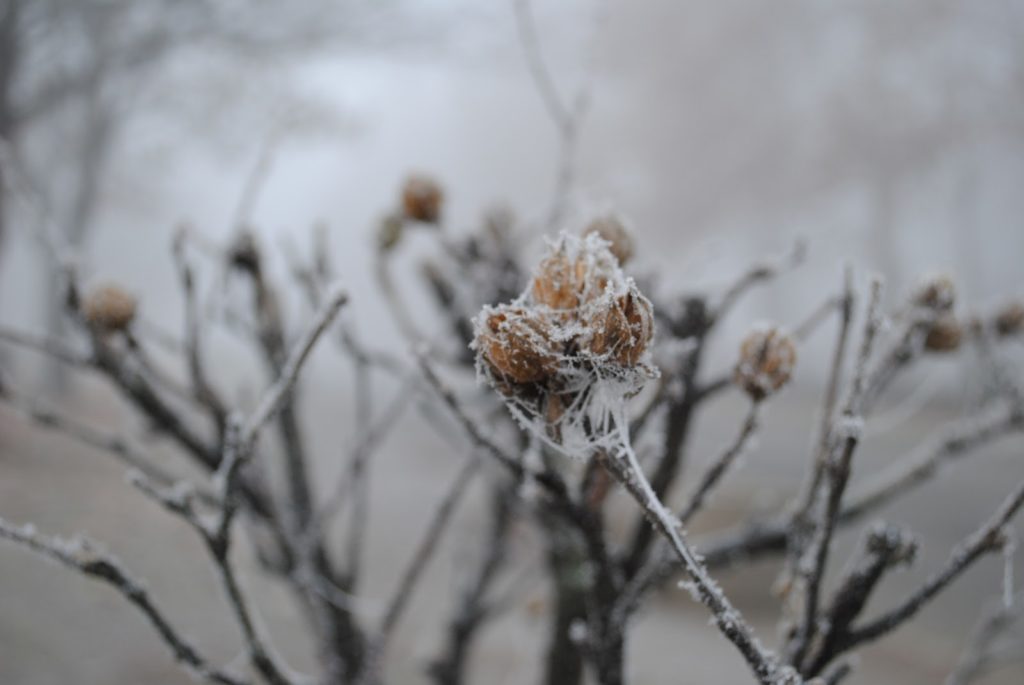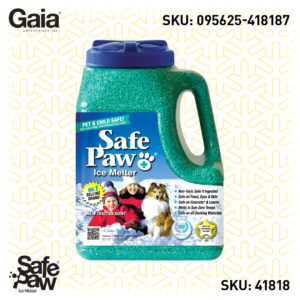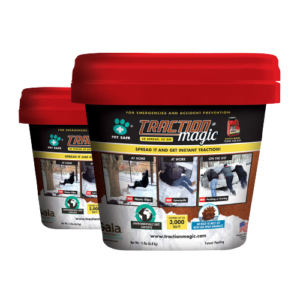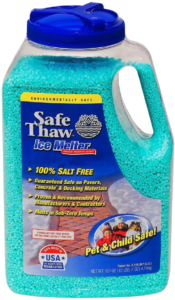Coping With Winter In Your Vegetable Garden In Munising

Snowfall is a big part of life in the Upper Peninsula. The Farmers’ Almanac has predicted that Great Lakes and Midwest, westward through the Northern and Central Plains and Rockies — is “in for a cold winter, with normal to below-normal temperatures.” Like last year, Munising is all set to welcome the snow this winter.
Cold conditions take their toll on plants during winter. From sheltering plants from wind chills to protecting them from the chemical-based ice melt, you have many responsibilities towards your garden. Let’s learn what you can and should do this winter to protect your plants from the winter woes.
Pet Friendly Ice Melt

Safe Paw
The Original and the #1 Pet and Child Safe Ice melter for over 20 years. Guaranteed environmentally safe – will not harm waterways and sensitive wetlands.
5 Things To Do To Protect Your Garden This Winter
1. Enivronmentally-friendly ice melt
Always use an environmentally safe ice melt. Using a salt-free ice melt that is composed of natural ingredients is the best way to clear the snow without damaging the plants in your garden. These environmentally safe ice melt contain non-toxic ingredients that are not only safe for your driveway but also your plants and pets.
2. Use the prescribed amount of ice melt only
Overuse of rock salt or chemical ice melt can be harmful to your vegetation. The best way to avoid this is to use an environmentally safe ice melt that does not harm your plants and vegetation. Overdose of a non-toxic ice melt will not be harmful. Using colored ice melt can help you identify the areas where ice melt has been used and thereby spreading it evenly. With the help of spreaders and guards, you can prevent the ice melt from being applied to the areas that can be damaged.
3. Do not use Rock-Salt or Common Salt
Rock salt or Sodium Chloride causes maximum damage to the plantation and nearby landscape. When dissolved in water, sodium displaces other minerals in the soil. Therefore, in place of other minerals required by the plant, chloride gets absorbed and damages the metabolic processes of the leaves. The damage appears gradually on the plants as dead needles, usually on the side of the driveways and walkways. Rock salt is economical to use but is not plant-friendly. Hence, you should try to minimize the use of rock salt-based ice melt.
4. Repair Salt Damage
You can repair or minimize the damage caused by sodium-based salts by draining out the excess salt from the garden with the water. Gypsum can also be used to prevent damage to the plants as it dislodges sodium, allowing the natural soil structure to be restored. You can easily find gypsum at any home improvement store near you.
5. Cover Your Plants
When it snows heavily, it gets difficult for the plants to bear the weight on their delicate petals. To save your plants from the unbearable weight of the snow, you can cover them with a cardboard box, plastic milk jug, juice bottle, or you can also use a dropcloth held up with garden stakes.
Let’s all welcome snow without worrying about our plants any more. Make sure your environmentally safe snow melt is all stocked-up and snow removal equipment is in good condition. Don’t forget to buy your ice melt before the weather becomes chilling.
Looking for environmentally friendly ways to deal with snow problems? Read here.



